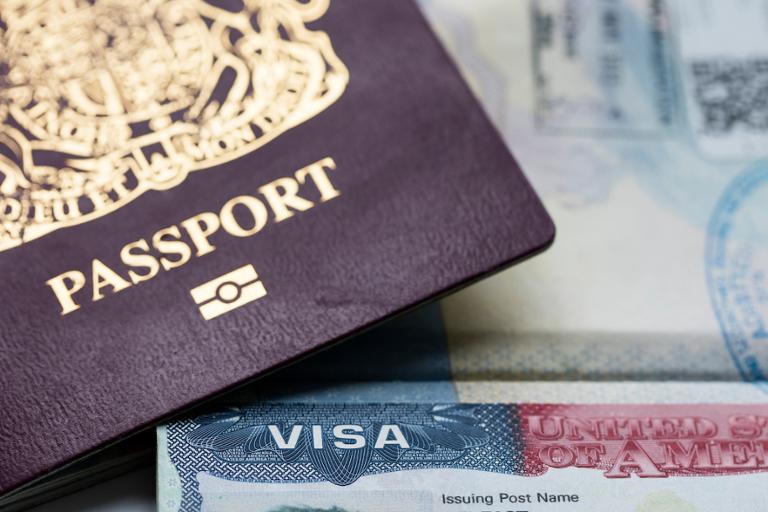For years, some of the biggest names in tech hired thousands of H-1B workers to fill out their respective workforces. But with a potential recession looming on the horizon, these companies are now beginning to cut staff—leaving those with the visa in a precarious position.
Twitter, Meta, Amazon, and Cisco have collectively announced plans to lay off thousands of employees. Dozens of smaller startups are also making significant staff reductions. Those H-1B workers who find themselves in HR’s crosshairs may have 60 days to find a new position—and if they fail to meet that deadline, they’ll need to leave the country. (Depending on their circumstances, an H-1B worker could also try to apply for a different visa, such as a student visa.)
Despite growing fears of economic uncertainty, tech industry demand for H-1B visas remained strong throughout the year. According to U.S. Citizenship and Immigration Services (USCIS), employees submitted 483,000 H-1B registrations for fiscal 2023, which represents a 57 percent increase over fiscal 2022. Some 127,600 registrations were selected via lottery.
But a recession could curb that demand, as well as some foreign workers’ desire to work in the U.S. tech industry. “Is this going to cause a chilling effect for the tech sector by making it less attractive to high-skilled, highly-talented foreign workers?” Ali Brodie, a partner at Fox Rothschild LLP, a law firm that deals with labor and employment practices, recently told Bloomberg Law. “Will it steer these foreign workers away from America to other countries? That’s the question we have to ask.”
For critics of the H-1B system, any slackening in demand for the visa is a good thing. These critics insist the visa is abused to hire specialized labor at cheaper rates, especially among consulting and business-services companies that subcontract H-1B workers to other companies. Both the Trump and Biden administrations proposed ways to limit and/or reform the H-1B program, but neither managed a complete system overhaul. USCIS previously offered a much-delayed proposal (now scheduled for May 2023) that could adjust the definition of the H-1B employer-employee relationship, in addition to updating guidelines such as employer site visits and F-1 students changing their status to H-1B.
In the meantime, any H-1B workers impacted by the latest wave of layoffs will need to scramble to find a new position—although given how the overall tech unemployment rate remains low, they may find a sponsor before they hit their 60-day time limit.

